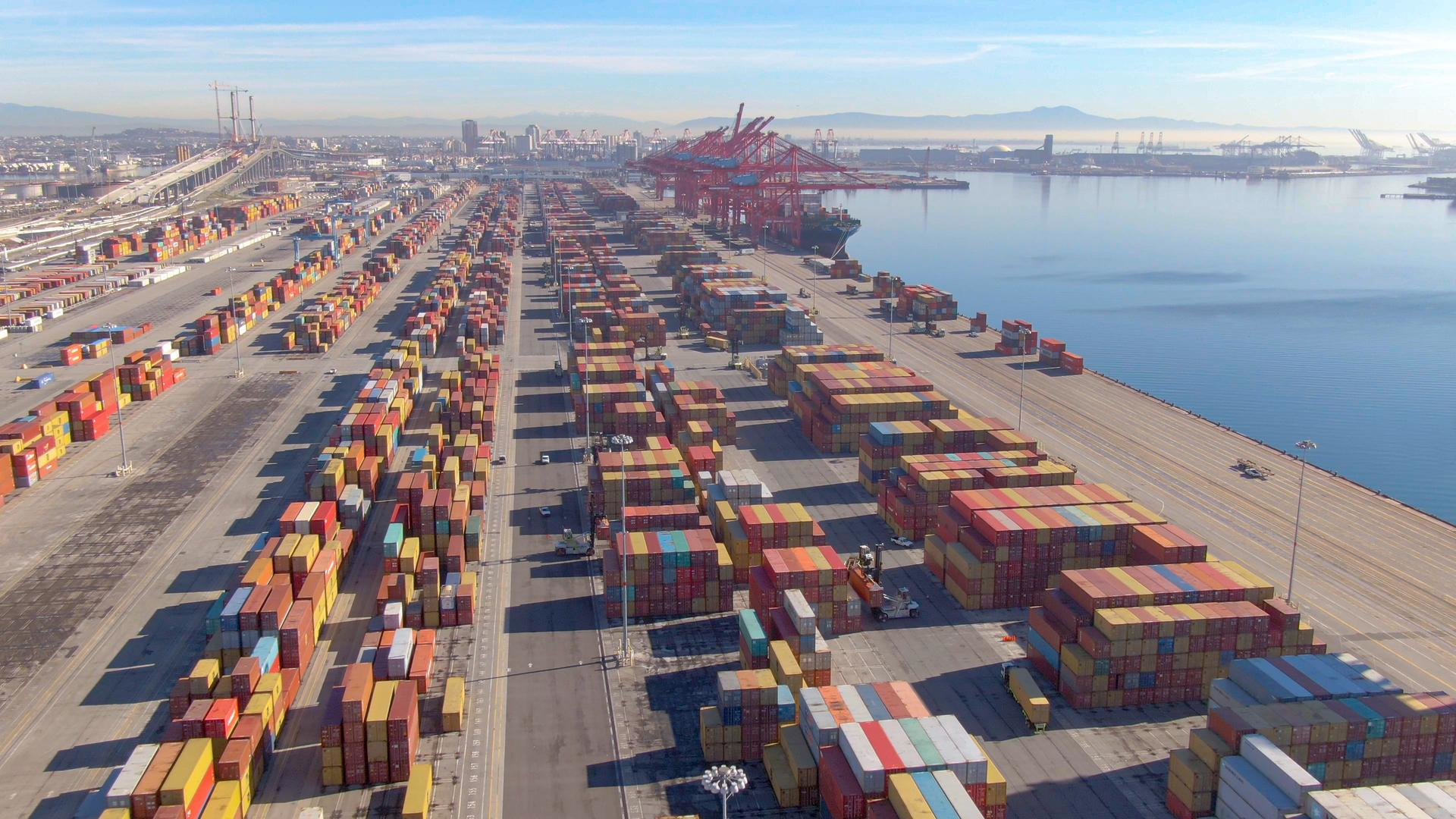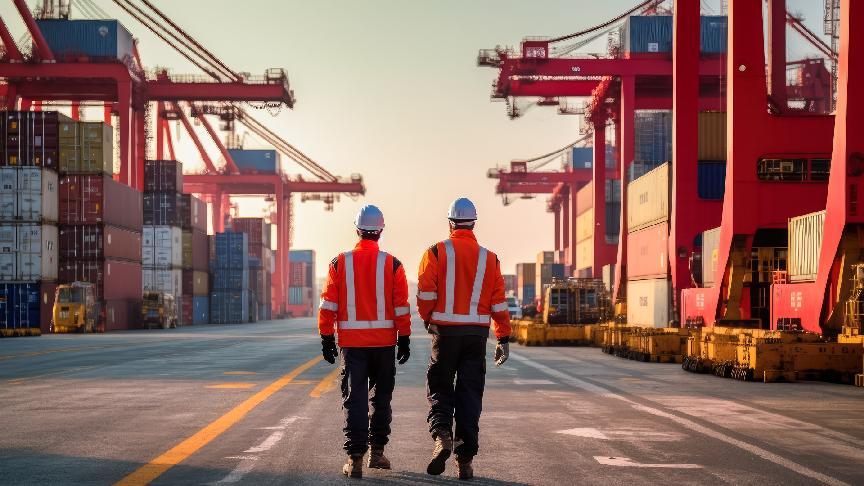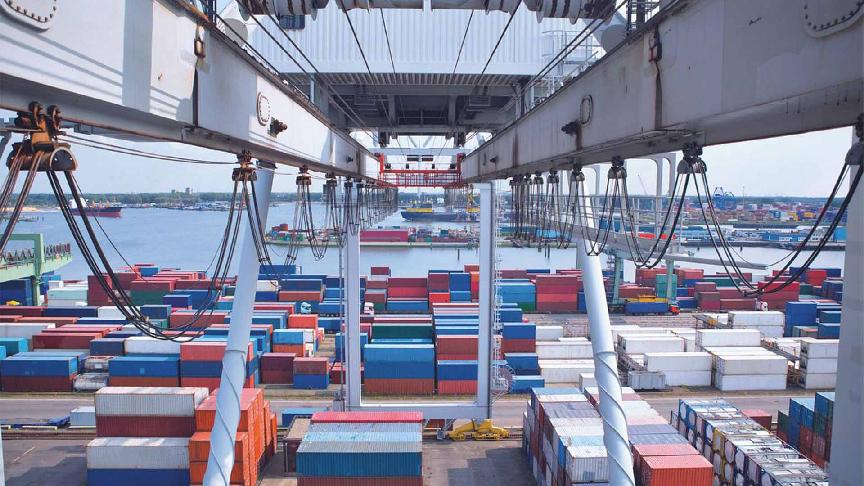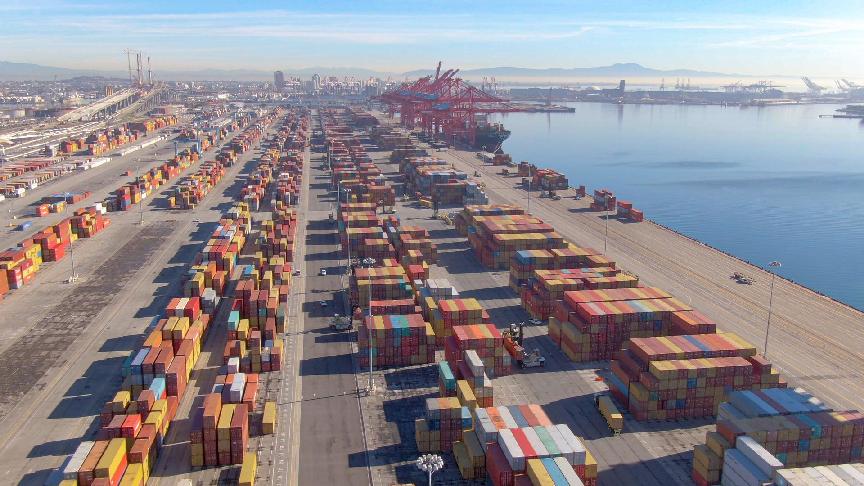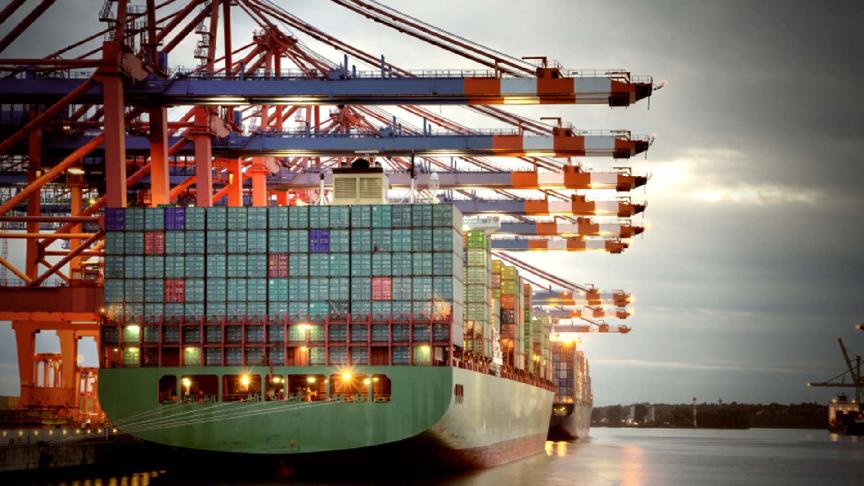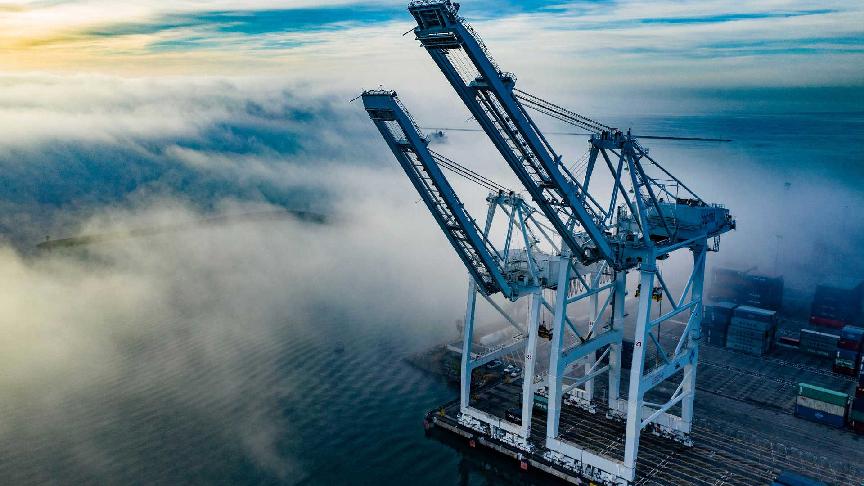24 Oct 2023 (Lloyd's List) - THE ratified west coast labour contract is helping boost cargo volumes in the ports of Los Angeles and Long Beach, according to the ports’ executive directors, as the San Pedro Bay reports cargo gains from both last year and the same period in 2019 for the first time this year.
The ports handled a combined 1.57m teu last month, an 8.7% year on year increase and a 6.1% from the same period last year. Imports rose 16.8% year on year and 5.8% from the same period in 2019.
September 2022 was a strong month for the port of Long Beach but a soft one for the adjacent port of Los Angeles, as the pandemic-induced shipping boom began to wane.
That softening was also the result of cargo migrating from the west coast to east and Gulf coast ports amid labour uncertainty emanating from contract negotiations between west coast dockworkers and their employers.
However, the sides reached a tentative agreement in June and ratified it in late August, which port bosses said drove some of September’s gains.
“With a long-term dockworker contract in place, we’re seeing more cargo shifting back to Los Angeles,” Port of Los Angeles executive director Gene Seroka said.
Announcing record September throughput last week, Port of Long Beach executive director Mario Cordero said that the ratified contract means shippers can rely on Long Beach as their “port of choice,” and anticipated a “moderate” rebound of cargo volumes through the rest of the year.
Seroka told reporters in a press briefing that he expects annual volumes to total about 8.6m teu, which would be a 13.2% below last year and 7.8% below 2019.
The port of Long Beach’s strong showing in September consisted mostly of imports and empties, while Los Angeles saw exports rise 55% year on year to over 120,000 teu, and empties fell 18.5%.
On a quarterly basis, cargo volumes in the SPB were down 9.1% year on year and 4.3% from the third quarter in 2019, while imports were down 6% and 4.9%.
National Retail Federation president and chief executive Matthew Shay, who joined the press briefing, said that US imports have likely peaked this year, as consumers and retailers begun ordering earlier than in previous years.
“I think volumes [for the rest of the year] will still be strong, but maybe not quite as high as we would have predicted six or eight weeks ago,” he said.
“One of the behavioural changes on the retail side is that we know that consumers are shopping earlier than ever for the holidays, they continue to pull their shopping back into the spring, fall, and summer, so we’ve seen lots of people begin earlier than ever, and retailers responded by bringing cargo in earlier.
“The combination of consumers changing their behaviour and retailers not wanting to repeat seasons when they didn’t have all the goods they needed in place when they needed them, has pulled a lot of that forward.”
Meanwhile, bloated inventories that dampened US demand for most of the year are beginning to return to pre pandemic levels, Shay said.
“Our assessment is that inventories-to-sales ratios are really back to pre-pandemic levels, about 1 to 1.3, so we’re very close to where we would’ve been before the pandemic.”
